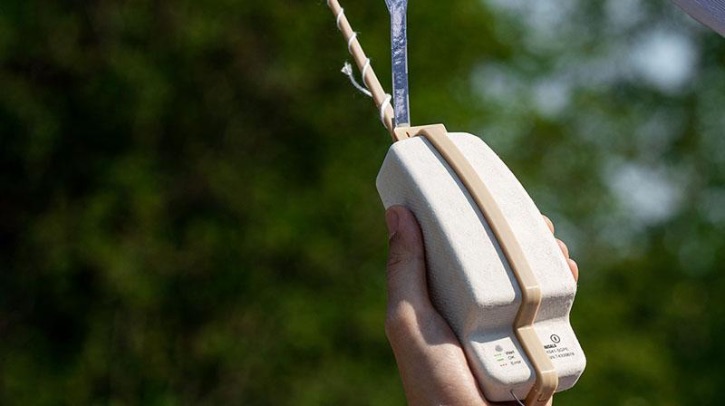Vaisala has unveiled new multi-GNSS support and message authentication features designed to enhance the operational efficiency, data availability and trustworthiness of radiosonde soundings.
Protecting forecast accuracy
“Meteorological agencies today face complex challenges that can disrupt vital atmospheric data collection and lead to inaccurate weather forecasts, which can have devastating consequences that jeopardize public safety,” said Matti Lehmuskero, soundings product line manager at Vaisala. “Our new solution directly addresses this evolving cybersecurity threat landscape, empowering meteorological agencies to collect reliable atmospheric data and deliver forecasts society can trust.”
According to the company, the multi-GNSS system’s resistance to GPS interference enables meteorological agencies to collect reliable atmospheric data, even when one constellation’s signal has been degraded by natural conditions or man-made interference.
Recent Vaisala sounding tests confirmed the multi-GNSS feature improves data availability by 60% on average. This redundancy helps safeguard the integrity of weather forecasts in the face of evolving threats, helping communities prepare for severe weather events and make informed safety decisions.
Integrated applications
Message authentication for the radiosonde telemetry helps prevent malicious attempts to damage, disrupt or manipulate critical atmospheric data. This improved data security bolsters the trustworthiness of weather data when planning emergency response, resource allocation and other mission-critical activities.
These new capabilities are available in RS41 radiosondes used with the Vaisala Cirrus Sounding System MW51. Existing sounding systems will continue to work with RS41 models as before, but only the MW51 unlocks these advanced security features.
In related news, Kanang Sivula, application manager at Vaisala, recently explains her invention – the Radiosonde RS41 E-model – in an exclusive video from Meteorological Technology World Expo in Geneva. It is Vaisala’s first-ever biodegradable radiosonde. Click here to watch.



